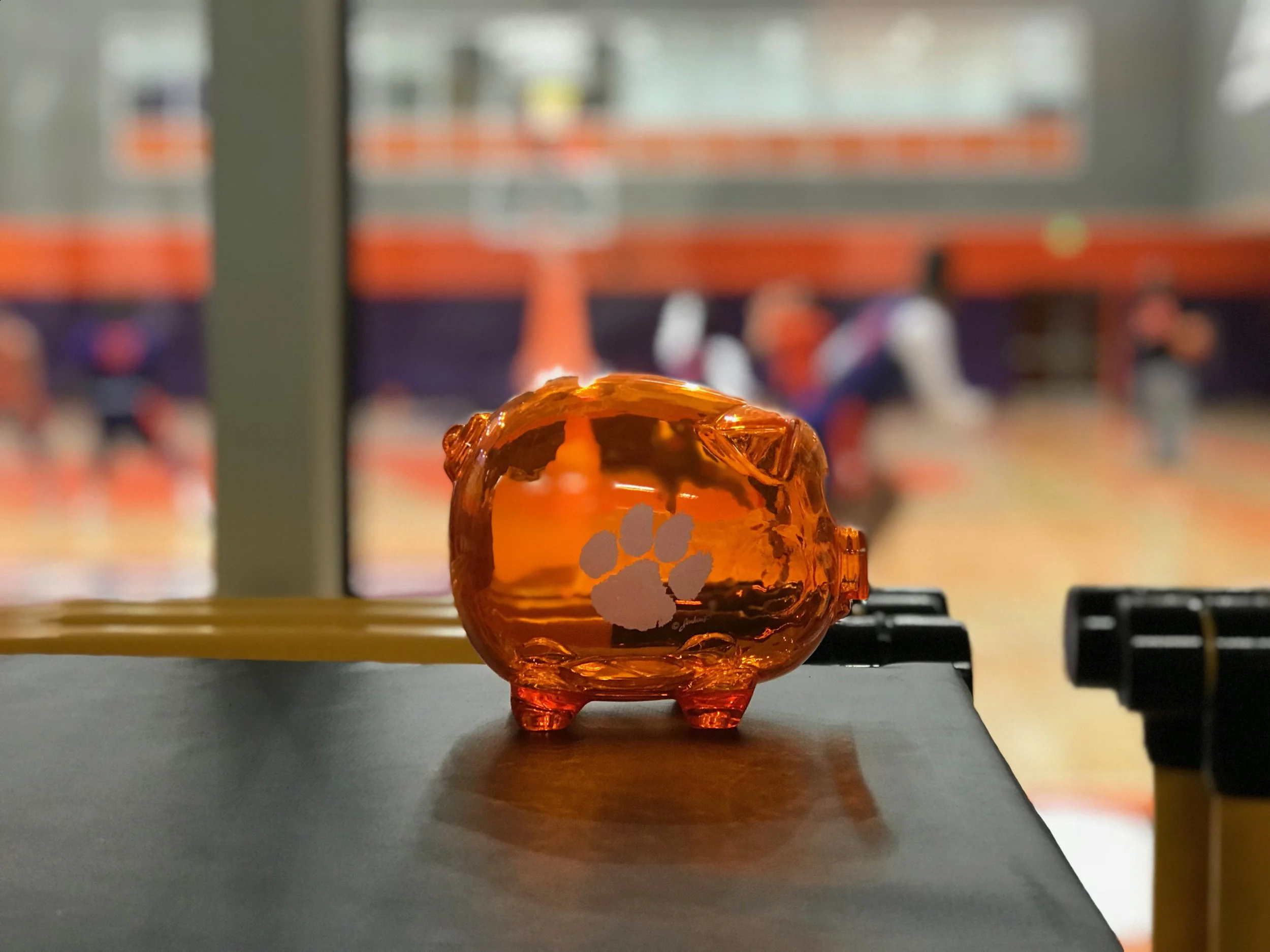Building Interest and Commitment
/Most coaches in the sporting world agree that weight training offers massive benefits to athletes. However, from the perspective of a young athlete stepping into the weight room for the first time, it can be difficult to accept the type of commitment it will take to see the benefits of strength training. To be fair, from an athlete’s point of view, it makes sense! If that’s the case…how should you, as a coach, build interest and commitment in the weight room?
Read More












